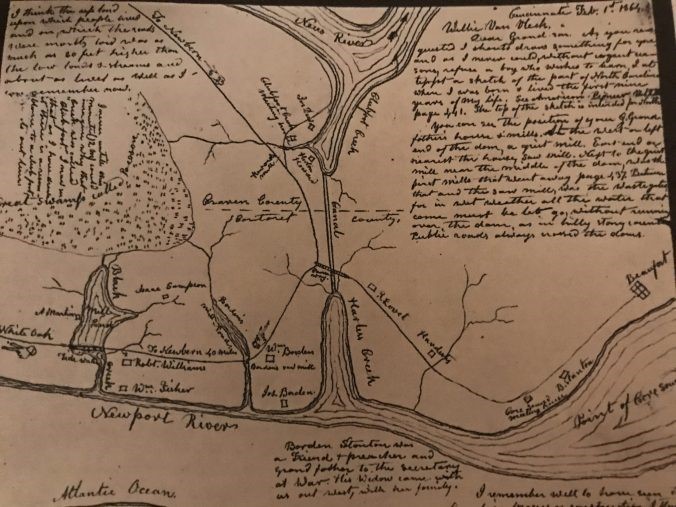 |
| Elsie Perry, KCK Hair Diary |
Another Rabbit Hole
It seemed harmless - the 4 page diary with specific instructions of "Frederick Scalp Treatment." But that was
the beginning of the Rabbit Hole. My intentions were to write a short post sharing this diary - a 20-30minute blog post and call it quits. But, the a3Genealogy
Code of Research - 3 Question Rule - is ingrained
What is the a3Genealogy Code of Research?
Simply, every document should provide
the researcher with 3 questions - What is the document telling you?
For starters:
- From
whence did Elsie Perry, Kansas City,
Kansas, get this steam treatment instruction?
- Who was
Frederick?
- Why did Frederick have a steam machine and what was the
Frederick Vita?
Follow Me Down the Genealogical Rabbit Hole
Surname Change
So, as mentioned, it started
out with "Look at Mrs. Perry’s Diary." But the seemingly endless road led me to all the rave of late
1920’s to 1930’s, information on the steam machine inventor, Ernest O.
Frederics, from Kalthof-Iserlohn Germany, whose original surname was Speikerman. And yes, his name was Frederics, not Frederick.
 |
| 1924 U.S. Passport, 423367, NY Supreme Court |
Ernest Otto Frederics, born 25 Jul 1884, married Gertrude Hathaway, 14 Aug 1917 in Manhattan, NewYork. (1) He was naturalized 7 Jan 1921.(2)


He was known worldwide for his "perfected" hair perm machine, hair products, and hair processing techniques.
The Scandal
This power couple had a rather public divorce. Ernest later remarried. But, what's a family story without scandal?
The wrongful institutionalization
of wife Gertrude in a well planned scheme to access her trust fund and dethrone
her from E. Frederic Inc. by her ex husband and brother was covered by news outlets across the nation. Read article above "Ducks Asylum, Asks Who's Looney Now." This scandal ended in a state Supreme Court
intervention and involved detainment in California to hiding in New York.
The Perm Machine
This is a rare vintage 1930's Professional Ladies Hair Salon Perm machine. Frederics "Vita-Tonic- Waves," Hair Scalp Treatment Vaporizer, Mfg: E. Frederic's Inc. was one of 29 patents.
  |
Image Source
The Patents With 29 patents there's much to learn through applications about Ernest Frederics. Image: Google Patents US1940451 Patent A45D2/34
|

African American Hair Too?
Next set of questions? I’m just
starting with the basics here, but did this permanent treatment work on all
hair types i.e.:“African American hair?” Why do I ask, you wonder. Because the
diary was that of Elsie Perry, a black widow of a railroad man, Ernest Perry,
of Kansas City, KS. And, we all know that textures of hair vary. I have not yet
found any ads in the African American newspapers, but will research the KC Call
newspaper and others later. Was the steam machine affordable? Where did one buy
the products?
Now I know, even in the 60’s
permanents were burning and destroying hair shafts and strands, so what was
going on with the finger waves of the 1920’s pushed by Frederics?
For the Genealogists
There's always more to our
ancestor’s story, so don’t forget the “history:"
Births, marriages, deaths, naturalizations, and passport dates are great timelines. But the story was fleshed out through newspapers, court records, patent records, surname changes and Elsie Perry's diary pages.
(1) New York, New York, Extracted Marriage Index, 1866-1937, Marriage 1917 ; ancestry.com (image in author's files).
(2) New York County Supreme Court Naturalization Petition Index, 1907 - 1924; ancestry.com (image in author's files).
Note: Author was able to locate the family of Mrs. Perry and all original artifacts, photos and letters have been returned to the family.
Kathleen Brandt
a3Genealogy@gmail.com












































